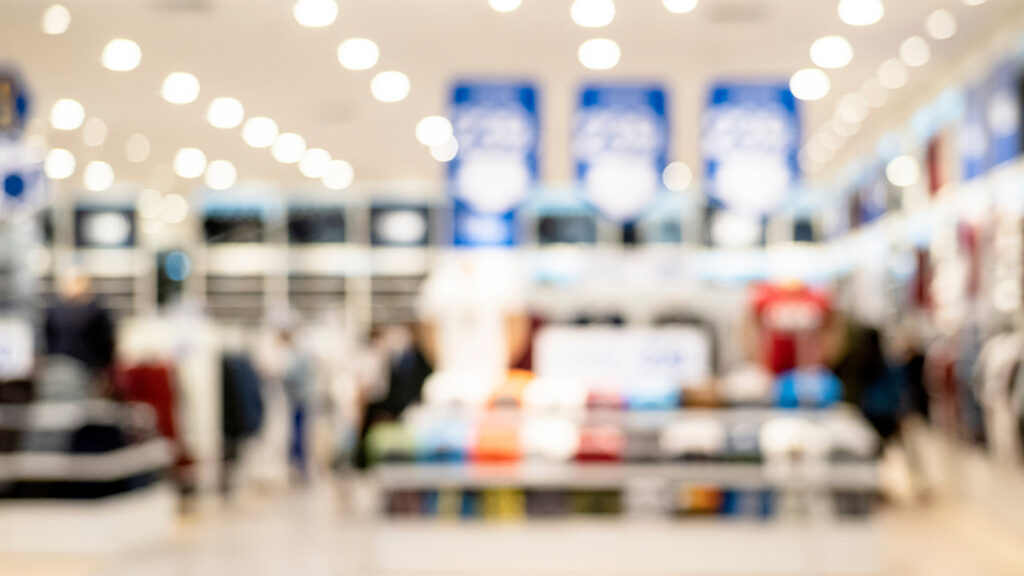Retailers feel the tug-of-war for consumer attention as they explore new store formats and streamline operations to adapt to changing shopping behaviors. Online retailers like Amazon have almost made it too convenient for consumers to shop for household items, with many leaning toward affordable brands as households endure a cost-of-living crisis.
With 80% of the U.S. population residing in urban areas, retailers are examining their inventory to rethink how they market themselves while landlords evaluate and accommodate for a new swath of retailer layouts.
 Anjee Solanki
Anjee Solanki
“Small-format stores have several advantages over traditional footprints, including lower inventory costs, rent and staffing hires.”
Small format stores
Despite the popularity of larger retailers, 46% of shoppers reported finding specific items in large format stores challenging, according to online wholesale marketplace Faire. Small-format stores have several advantages over traditional footprints, including lower inventory costs, rent and staffing hires. As retailers examine the profitability of their product lines and inventory, SKU rationalization takes priority to operationalize effectively.
These advantages have led some industry experts to believe that the future of big-box lies in reconfiguring for small-format. Department stores embracing the concept include Macy’s, Nordstrom and Bloomingdale’s, evident by its rollout of the Bloomie’s boutique. The new outcropping of specialty stores is also creating waves. Specialty stores, the antithesis of big-box, are winning over the younger generations. Discerning consumers, Gen Z and Millennials, in particular, favor specialty stores for their browsing and discovery experience.
Testing the waters
Other retailers continue to test concepts in-market. Earlier this year, The Container Store tried out compact footprints with so much success they are integrating the format into its U.S. expansion plans.
The absence of larger formats may have a more significant impact than some think, as some retailers buck the system entirely. Costco, one of the most beloved consumer brands, has committed to opening an uber-sized location in California’s Central Valley region. The intended project would be the largest warehouse facility in the Costco portfolio, ousting its Salt Lake City branch from top ranking. The Fresno location’s 22+ acre lot will house several specialty areas, including a delivery distribution center, a 32-pump gas station, a 4,800 square-foot car wash, and a scalable parking lot.
Foot Locker is also stepping outside the mall with a new retail format that spans a six-figure square foot layout as part of its Foot Locker Community and Power brand. The store-based transformation made quite a splash in Washington Heights, New York, and the new model aims to bridge the digital and omnichannel presence seamlessly.
As some brands strategically configure their store formats and layouts more efficiently, others take a more holistic approach to enhancing the customer experience. Chain bookseller Barnes and Noble is adjusting the structure of their stores, both physically and figuratively, giving more autonomy to the managers of their 596 stores to create and curate what they stock and how they sell it. The intention is to develop a sense of community between the local shoppers and the individual stores.
Retailers will need to work extra hard to connect with consumers amidst the diversification of shopping behaviors impacting store formats and beyond.



 Aaron Jodka
Aaron Jodka Nicole Larson
Nicole Larson
